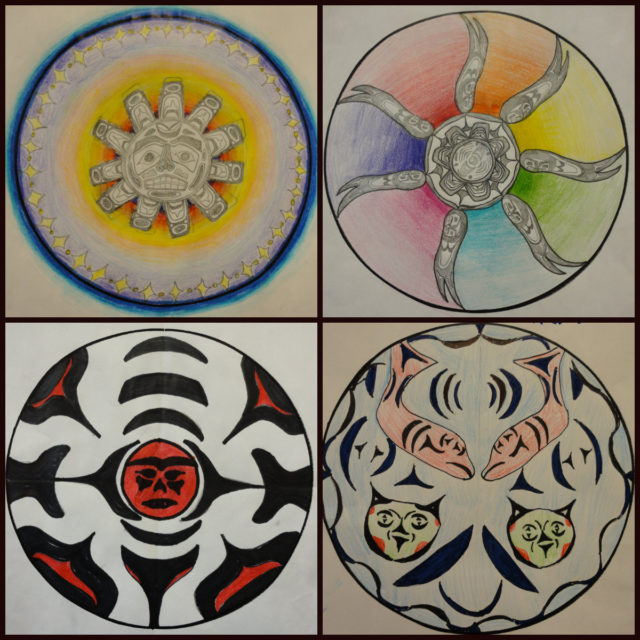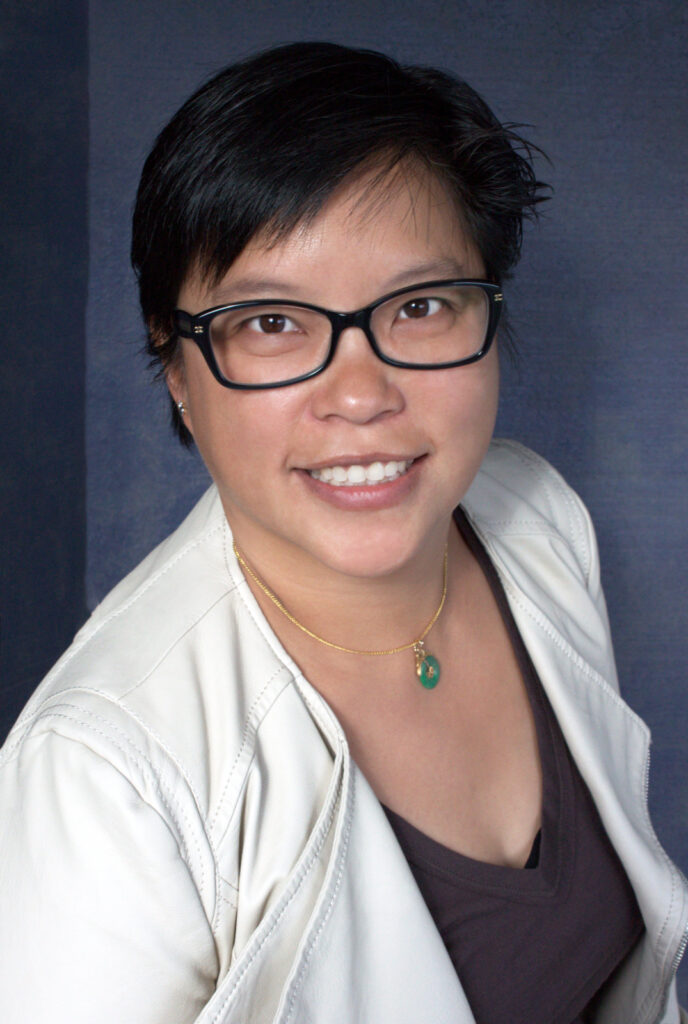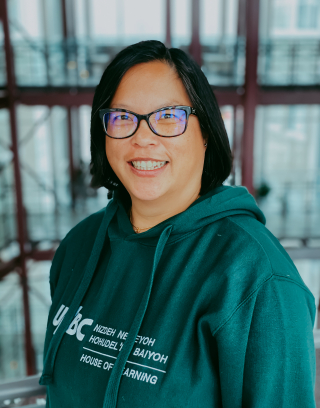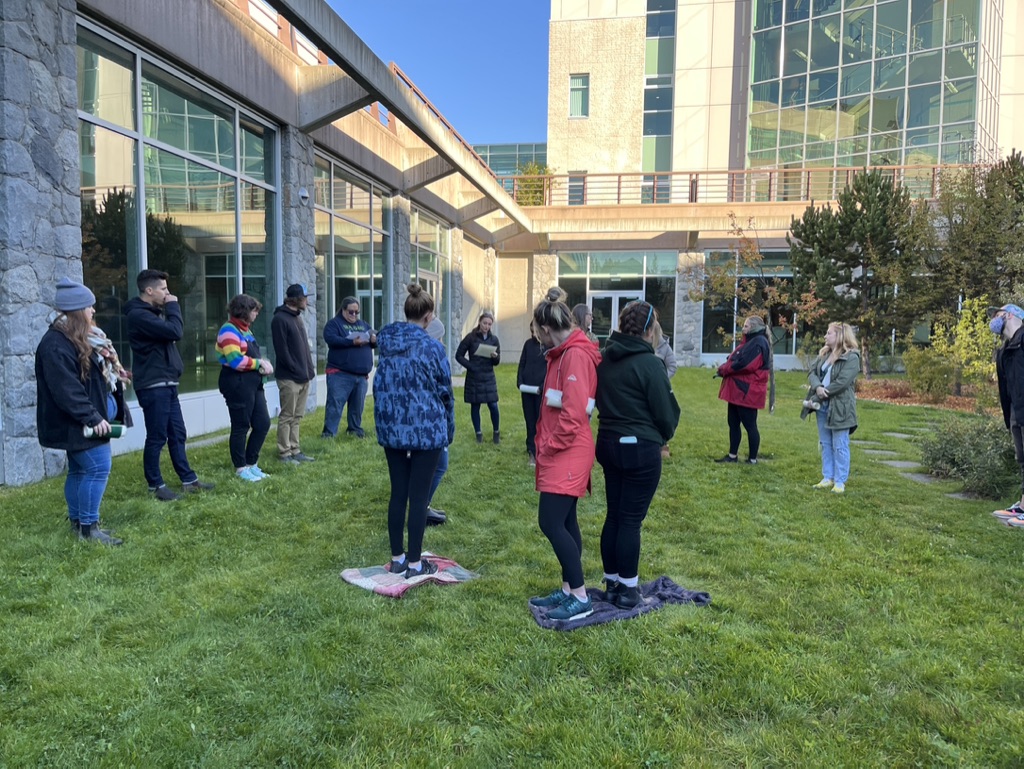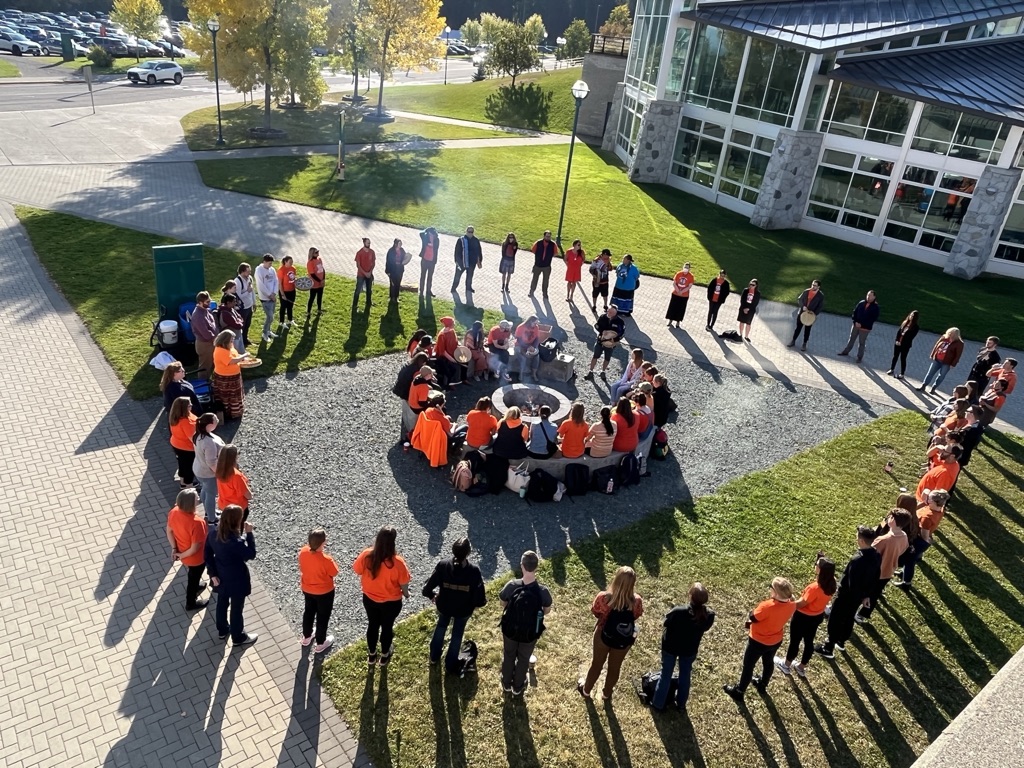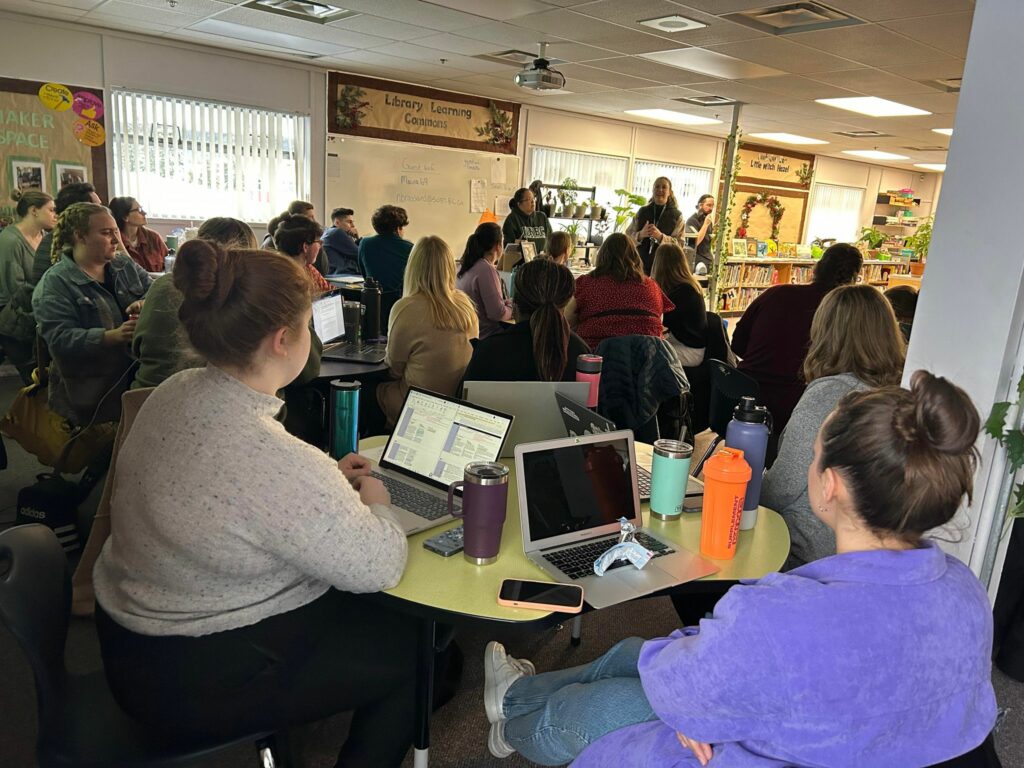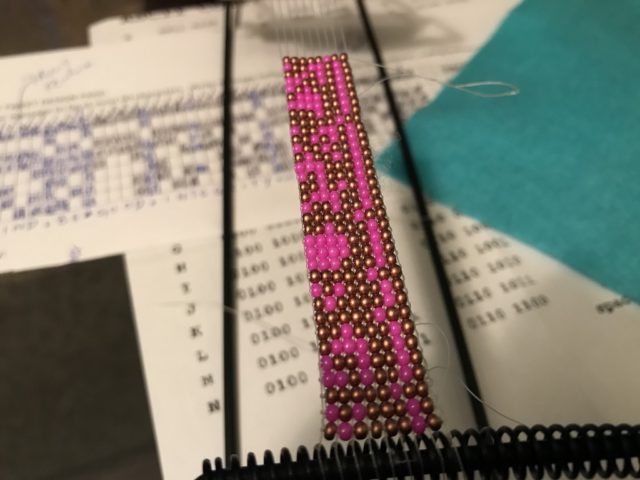
My story begins near the end of my teaching practice in K-12 schools. At the time, the curriculum for Math 8/9 was updated in 2008 and Math 8 classes at the school I was teaching at transformed from 100-hour blocks to 150-hour blocks. The thinking at that time was to add time to mathematics to help students transition (and bridge any possible math-gaps) from Grade 7 to high school mathematics.
Unfortunately or serendipitously, I did not understand the reason to extend the instructional time for mathematics. Extending math time meant eliminating some elective time. As much as I want students to be successful in mathematics, I also wanted students to love learning (in general). Normally, I was able to compete the Math 8 curriculum in 75-hours with time to play. Now I had more time to explore.
I noticed in the 2008 Math 8/9 Integrated Resource Package (IRP) was a short paragraph on Aboriginal Education. I wanted to explore that further. What would it be like to embed culture into mathematics? I connected up with the District Principal of Aboriginal Education and collaborated over several dinner meetings.
We had big ideas, but we had one big limitation aside from time… NO BUDGET. From big ideas, we focused on what I wanted to learn about and explore. I loved the work of Coast Salish artist Susan Point and spindle whorls. I collaborated with the Art Teacher to see what Grade 8 students could do at this grade level.
The District Principal visited my classes when she could. I had Math 8 classes (each with 8=9 students with IEPs). She visited both classes 6 times. My colleague taught about Coast Salish culture and colours, and I thought about linear and rotational symmetry. The end result is the photo as seen below. The teaching and learning experience was amazing and students were agents of their learning.
What I learned is, students were able to demonstrate their learning in different ways. Interdisciplinary learning with culture and art in mathematics made learning more meaningful, relevant, and personalized. Many engaged in inquiry projects to extend their learning. After the unit, some students s self-identified as Indigenous in front of their peers and wanted to reconnect again with the District Principal.
Math Embedded was a teaching and learning experience I will never forget. It is aligned to my educational philosophy and what I noticed was, learning was for everyone, the learning was accessible and inclusive, and no test or quiz can best demonstrate their math understanding of linear and rotational symmetry,
Since then, this Math 8 project opened so many doors for me which has spun me onto a Pedagogical Journey that I did not expect. Working wth the Ministry of Education, FNESC, and OpenEd BC was never in my sightline, nor has teaching at SFU, St. Marks Collage, and UNBC. Now, I see the true gift in Math Embedded.
When I first moved to Prince George in 2018, I met Noelle Pepin through a mutual friend and she has taught me about “Beaded Tweets” (image above) and making connections to BC’s Curriculum, coding, and Indigenous Culture. I have also learned more about beading at Two Rivers Gallery and online with Nico Williams. Beading as a way of being has and continues to teach me so much. I am learning.
